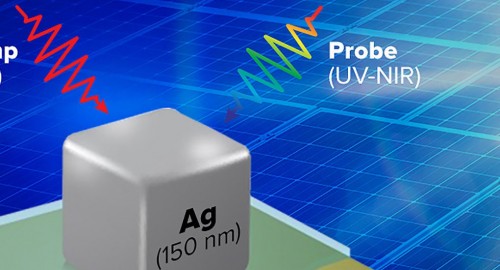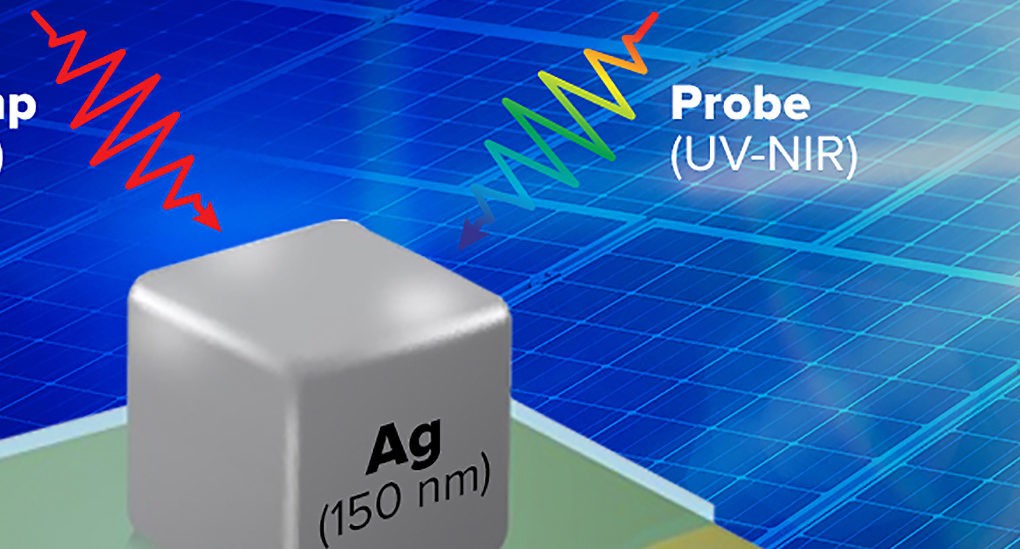RECOMMENDED VIDEOS

Energy Storage Solution "CrystEna" - Hitachi
Hitachi Asia Ltd

Renewable Energy 101: Geothermal Power
Green Mountain Energy

Linz Mitte, Biomass CHP Plant, District Heating
Aalborg Energie Technik a/s

Evo 3000 - Small cell soldering
Ecoprogetti SRL

Austin Solar Company - Austin Solar Service
SolarTEK Energy
Related Stories
The largest solar farm apiary in the US opens this week
The City of London will be powered with 100% renewable energy by October 2018
New study suggests that plastic waste may be transformed into usable energy
Uravu’s zero-electricity Aqua Panels produce gallons of water from thin air
104% of Portugal’s electricity consumption in March came from renewable energy
21 Jan, 2018

Hot electron research could open up greater efficiencies for solar energy
Renewable Energy & Energy Efficiency | UNITED STATES | 28 Dec, 2017
Published by : Eco Media Asia
Hot electron research is heating up solar and renewable energy research, according to the Department of Energy’s Argonne National Laboratory. Nanoscientists there uncovered quicker ways to convert power from light to energetic or hot electrons – and their methods could allow for higher efficiencies for solar power.

Argonne researchers and collaborators created hybrid nanomaterials – smaller than the width of human hair – “to harness the full energy of photons,” according to the laboratory. The result was what are called hot electrons that “carry the same amount of energy as a photon that strikes nanomaterial components” and could lead to large advances in photovoltaics and photocatalytic water splitting — where materials turn solar energy into hydrogen fuel.
Senior scientist and study co-author Gary Wiederrecht said in their statement, “In larger particles, you see very few of these energetic electrons with energies near the photon energy. So you need a smaller particle.”

The team zeroed in on metals because they absorb a lot of light, key to increasing the amount of energetic electrons in a material that’s been lit up. They simulated the material to determine what conditions would create the biggest number of hot electrons, and settled on silver nanocubes and gold films divided by aluminum oxide spacers. The nanostructure can crank out hot electrons better than others, according to Argonne. Wiederrecht said, “One of the key advances is our ability to produce energetic electrons over a very broad spectral range – from the ultraviolet through the visible and into the near infrared.”
The journal Nature Communications published the research online in October. Scientists from Duke University, the University of Electronic Science and Technology of China, and Ohio University contributed.
Article from inhabitat.com
by Lacy Cooke
